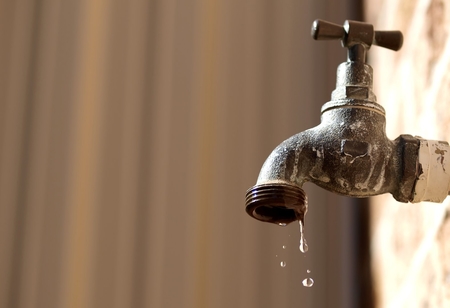Arguments and tweets break as alarming data on water crisis is being shared or propagated through social media platforms. It has been widely observed that several MPs have brought up the issue of water scarcity to the centre of attention in the parliament, demanding preventions to be delivered immediately. Meanwhile, various major cities are experiencing water-tussle between other minor cities, with the rising population being an added pressure. Beside, a report by NITI Aayog went viral across social media which said India’s metro cities will run out of groundwater in the next ten years, causing no access to drinking water by 2030.
According to Water Stress Index, 11 of 20 biggest cities are currently facing extreme risk of scarcity. Chennai, among all has been shockingly affected, with conditions worsening every day. Because tap water has almost dried up in most of the deprived regions in Chennai, families have been depending on alternative water sources such as public water pumps and costly private water tankers.
The underlying reasons are lack of water management skills and drastic change in rainfall patterns. Also Chennai has always oscillated between floods and drought, depleting its water resources intensely.
On that account, India has been ranked thirteen among the seventeen worst affected countries, a list that includes countries, of which most are deserts such as Saudi Arabia.
Among the Northern states, Harayana has suffered the most in terms of water crisis, followed by Punjab, Rajasthan, Uttar Pradesh, Chandigarh, Gujarat, Uttarakhand, Madhya Pradesh and Jammu and Kashmir. All of these states have secured scores between four and five, on a scale of zero to five, with five being the most appalling number.
Things appeared to be spiralling out of control, when farmers in Harayana protested that they haven’t had access to drinking water for more than half a month! Even livestock and farming activities weren’t spared from the cycle of water crisis. Experts have found that, in India, on an average, more than 80% of the available groundwater has been withdrawn and some 70% of it has been used for agriculture.
Further, in Punjab, due to rapid urbanization several wells and ponds have dried up, converting most of the developmental blocks into ‘dark zones’, which significantly means that recharging depleting ground water will no longer be possible, as mentioned by Devinder Sharma, a food and water expert based in Chandigarh.
The plight of water-crisis has always been there in India, the only difference is that, people are now addressing it as a real climate jeopardy and have realized that neglecting it would only worsen the situation, considering the acute gravity of this problem.
 Magazine
Magazine
